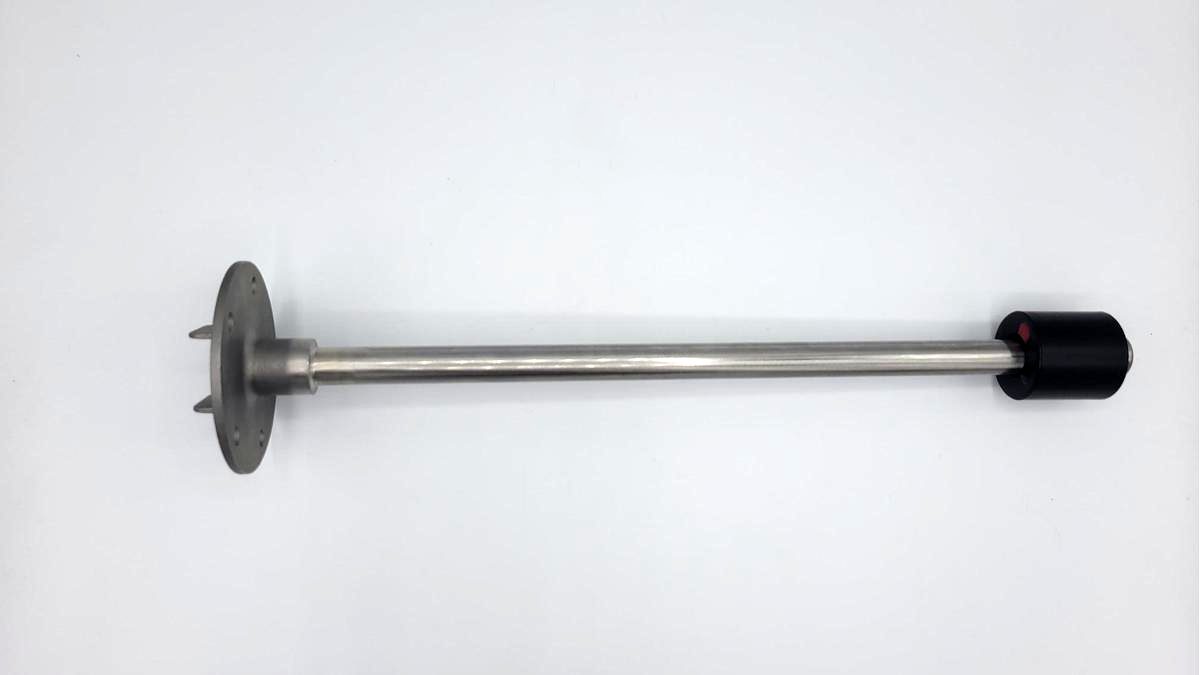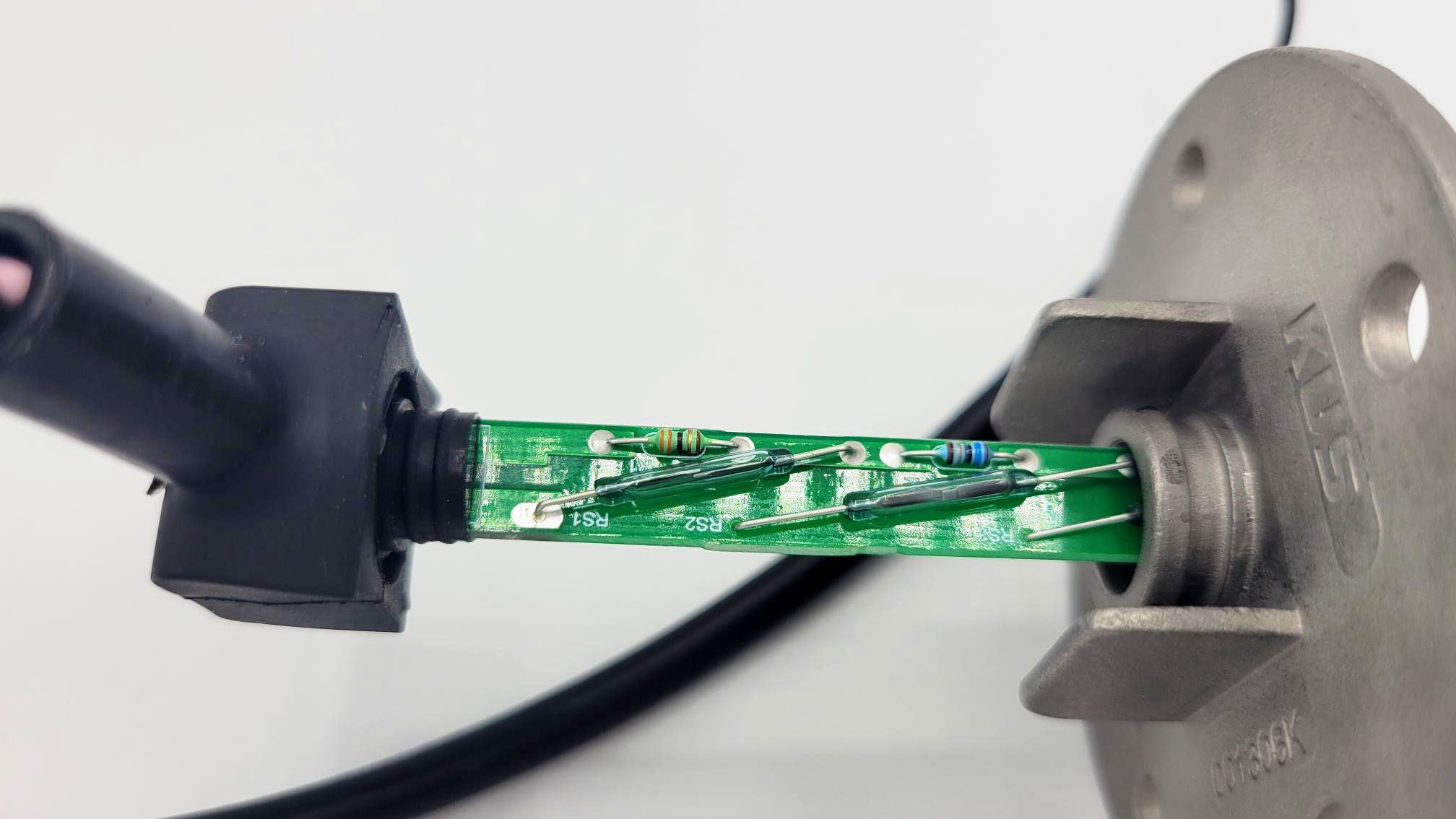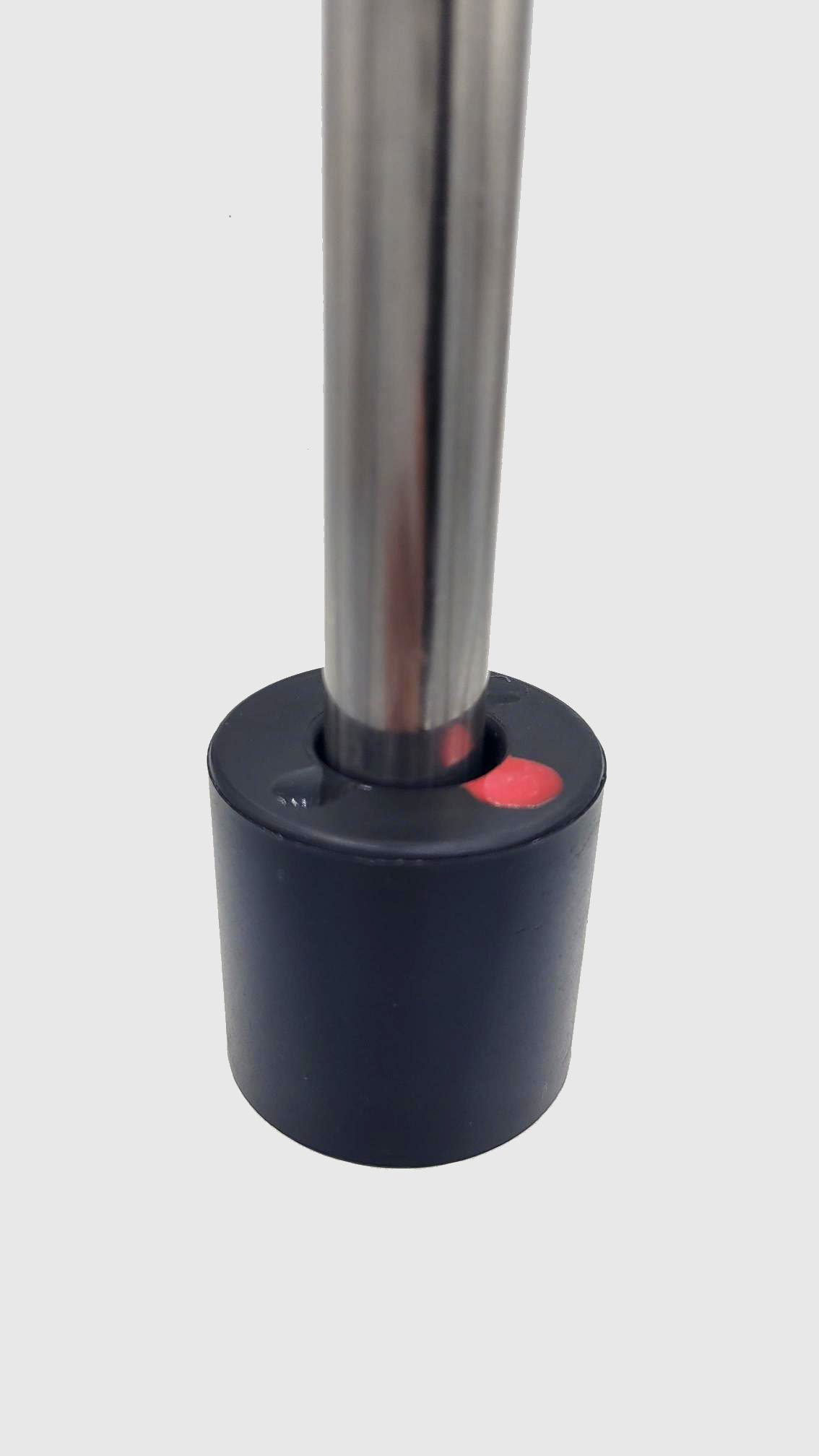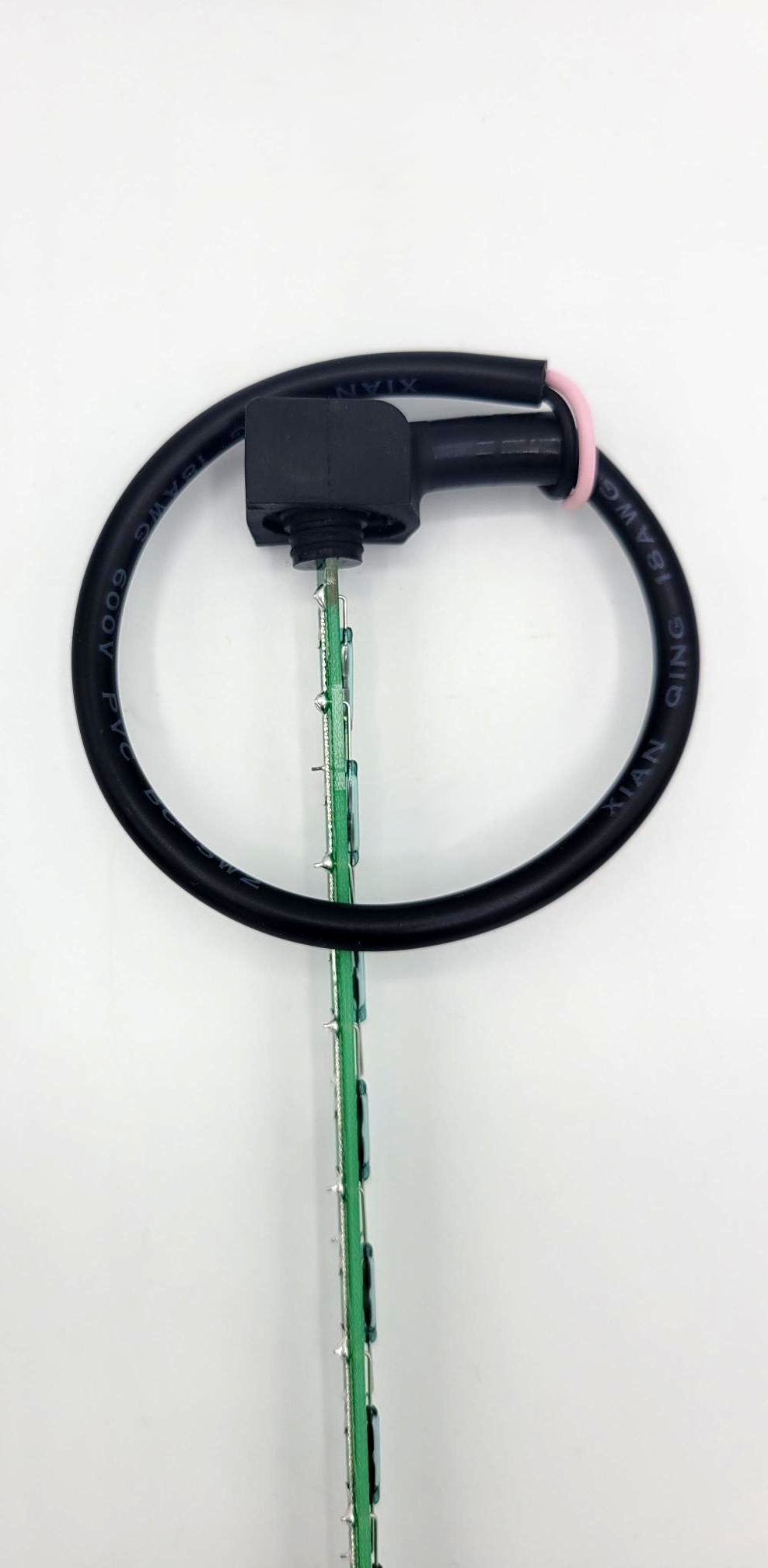Fuel level sending units can be rather complex from their standard components that can be viewed on the outside all the way down to the intricate components on the printed circuit board that reside in the inside that ensure that you’re getting an accurate fuel reading. Here we’ll explore the components that are used in a fuel level sending unit along with their purpose, how they work, and the materials that make them up.
Rod

Purpose
The purpose of the rod is to not only protect the printed circuit board from liquids, but also to act as a smooth even surface for which the float moves up and down on to then give an accurate reading.
How It Works
The rod is the only part of the fuel level sending unit that varies by length; the length of the rod directly correlates to the depth of the tank in which it would be occupying. The rod is attached to the head of the fuel level sending unit which has a printed circuit board running through it. The rod acts as a barrier between the fuel inside the tank and the printed circuit board.
Material
The rod of a fuel level sending unit is made from stainless steel. Although there are many variants of stainless steel, SUS 316 is the most commonly used in level sensing technology. SUS 316 has high amounts of chromium and nickel but also contains silicon, manganese, and carbon with the majority of its composition of metals being iron. SUS 316 contains a significant amount of molybdenum, usually 2 or 3 percent by weight. The higher molybdenum contents result in the corrosive resistance properties stainless steel has been known for. SUS 316 is the primary choice for marine based application solutions due to equipment’s being made from the material always being submerged in corrosive materials and liquids.
Printed Circuit Board (PCB)

Purpose
The purpose of the printed circuit board is to transmit information to the gauge connected via the wire by resistive output.
How It Works
Within a fixed distance between each other on the printed circuit board are electric reed switches. These electric reed switches are integrated onto the printed circuit board and sealed within a glass capsule consisting inside of two flat ferromagnetic reeds. When a magnetic field is present, the reeds become attached to each other and close to complete the electrical circuit. This completed electric circuit then sends a message to the gauge which then displays a reading.
Material
A printed circuit board, often referred to as a PCB, is comprised of a thin board typically a few millimeters in thickness made of synthetic fiberglass, composite epoxy, or other laminate materials. The printed circuit board goes through an extensive process where electrically conductive pathways are engraved into the board by use of a separate specialized machine, which connects different components onto the printed circuit board such as transistors and resistors as well as integrated circuits.
Float

Purpose
The purpose of the float is to accurately track the fuel level inside the tank by working alongside the reed switches in the printed circuit board.
How It Works
The float works by opening and closing reed switches that are integrated into the printed circuit board. The float is able to do this by utilizing magnets which, when moved up and down the rod, open and close the reed switches automatically with a high degree of accuracy. As the fuel level in the tank adjusts so does the float which always sits directly on top of the fuel — the float acts the same way a bobber would. Depending on the application solution, often times the liquid inside the tank can slosh causing the float to move erratically for a brief period of time. Although one may assume the float would give an inaccurate reading in such occurrence, the float reading is determined instantly without delay. This ensures that the reading which would then be shown on a gauge doesn’t move erratically with the fuel level.
Material
Floats often times derive from a material known as nitrile rubber or NBR which is a synthetic rubber produced from a copolymer of acrylonitrile and butadiene. The amount of acrylonitrile present in the final copolymer varies from 15 to 50 percent. The higher the concentration of acrylonitrile, the stronger the rubber and thus grater resistance to expansion by hydrocarbon oils and low permeability to gases. This material has become the industry standard for application solutions that include the use of oil or any of its byproducts such as automotive seals, gaskets, or other uses where items would be in contact with hot oils.
Cable

Purpose
The purpose of the cable to transmit the information from the printed circuit board to a gauge which then displays the reading.
How It Works
A fuel level sending unit will have two wires present that are coming out of the cable, these wires will be colored pink and black. The pink wire is the ground wire which should be connected to a common grounding hook-up while the black wire should be connected to the gauge hook–up. Once both of these wires have been connected to their appropriate places and have been powered on the gauge should then have a reading that correlates to the liquid level inside the tank as it pertains to the float location.
Material
Cables on fuel level sending units are comprised almost entirely of a material known as polyvinyl chloride or PVC. PVC is a high strength thermoplastic used in applications that require some degree of insulation from outside elements such as in pipes, wires, cables and many more. Its uses are primarily used in building and construction type industries to produce many of the frameworks that would protect delicate, often times, weaker materials from typical erosion and corrosives that would incur across a products life cycle. PVC is typically colored white with a more brittle solid material available in a powder form or granules. PVC has been made popular due to it being lightweight, durable, low cost, and being easy to process.
Let KUS Recommend a Fuel Level Sending Unit
At KUS we have a dedicated customer service and sales team that is knowledge on the right type of fuel level sending unit depending on your location as well as the application its being used in. We offer vast amounts of customization for just about every part of the fuel level sending unit so you can have a unit that is made specifically for you at a competitive price that is backed by a reputation that the world’s leading OEMs have come to trust.
